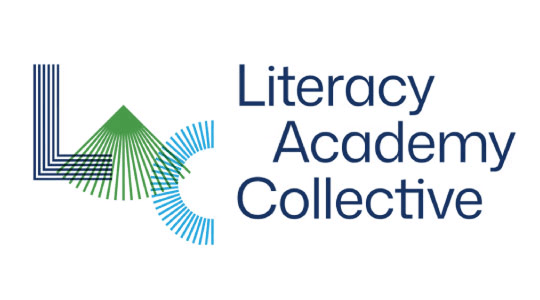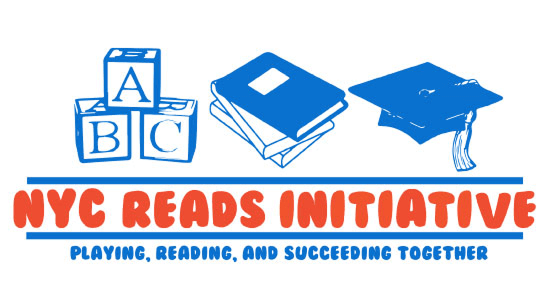
Youth Literacy
Investing in the skill and love of reading
Literacy skills provide young people with essential tools for communication, critical thinking, and continuous learning, enabling them to fully realize their potential.
Why literacy matters
Each year, we award $7 million in grants to support innovative efforts to address the systemic barriers that prevent many young people from becoming voracious readers in a culture where their love of reading is supported at home, school, and in their communities.
Through our grants and partnerships, we seek to:
- Increase reading proficiency rates
- Help young people develop motivation, confidence, and an identity as readers
- Provide access to culturally relevant and identity-affirming reading materials throughout New York City
As a result, we hope more young people will be equipped to thrive in a knowledge economy and a pluralistic democracy.
Areas of funding
In addition to our investments in literacy supports and programming, our grantmaking may provide funding for capacity-building within organizations, as well as research and advocacy aimed at improving literacy outcomes for youth. We also invest in projects that explore the intersection of social emotional learning, culturally responsive and sustaining education, and literacy development. Examples include:
- Literacy instruction, intervention and enrichment initiatives focused on improving reading engagement and motivation, increasing text access and ownership, advancing reading achievement through high-quality instruction and intervention, and nurturing youth voice, agency and wellbeing through literacy.
- Family and community engagement initiatives including training, community hubs, and events to cultivate family literacy, build parent/caregiver capacity, engage community leaders, and boost the culture of literacy at the neighborhood level.
- Professional learning for classroom and out-of-school time educators and youth development professionals to advance high-quality literacy instruction and programming, with an additional focus on the integration of social emotional learning, and culturally responsive and sustaining education frameworks.
- Convenings for stakeholders in the NYC literacy ecosystem to engage in practice sharing, problem solving, thought partnership and co-design.
- Development of curriculum and resource hubs to support research-aligned, culturally-responsive literacy programming in out-of-school time spaces.
- Coalition-building and advocacy efforts that uplift teacher, student, and family voices in literacy-focused policy agendas and actions.
Grantee partner highlights
Examples of current grant partnerships include:

Meet our program officer
Tarilyn Little Program Officer, Youth Literacy tlittle@carmelhill.net
Words from Tarilyn
I want to position reading as a powerful tool for critical thinking, identity formation, joy, wellbeing, and social awareness—ultimately helping young people step into their full agency as changemakers and leaders. With this expansive vision of literacy as my anchor, I aim to help build strong, interdependent relationships and activate resources—making this vision a reality for all young New Yorkers and the communities that support them.


